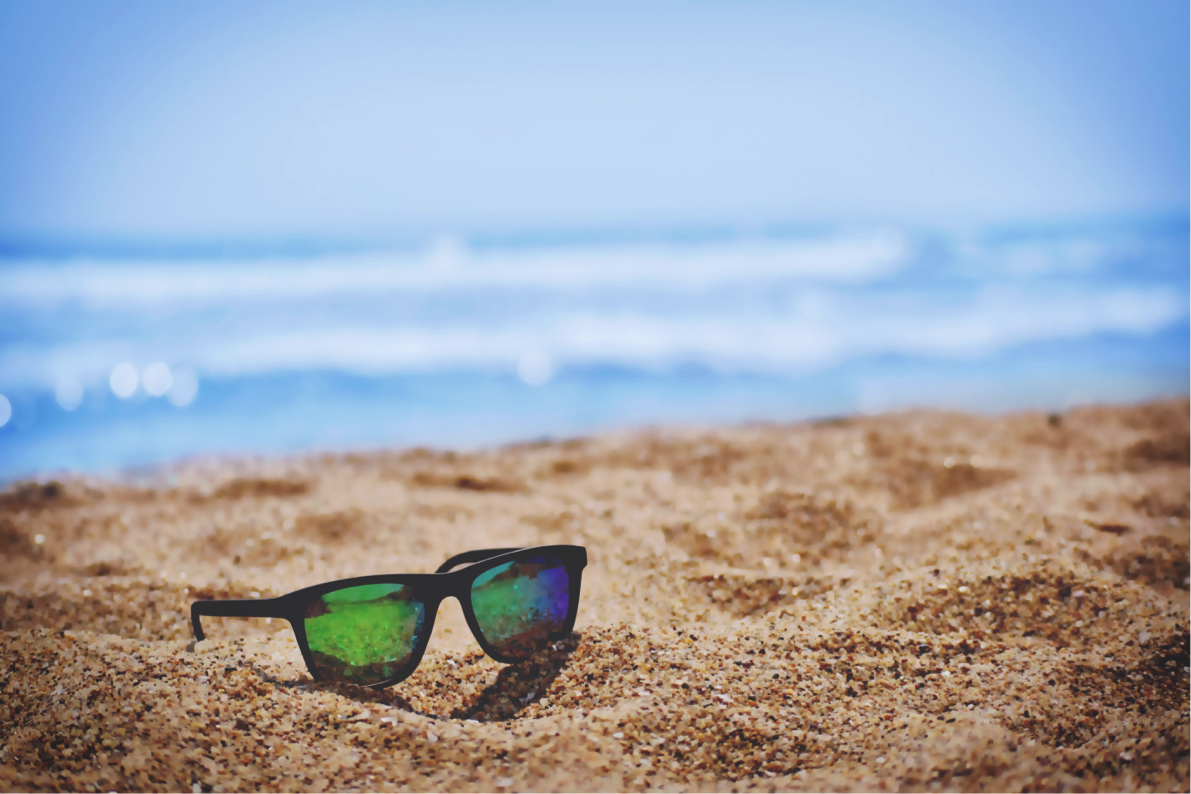
It’s that time of year again, when Philadelphians begin heading “down the shore” for a summer of frolicking on the beach, cruising the boardwalks and gobbling up fresh seafood galore.
Knowing that beach season is upon us, several organizations are hosting campaigns throughout the month of May to remind folks about the importance of using sunscreen and other ultraviolet (UV) blockers to protect themselves from harmful sun damage.
The whole month of May is designated as both Skin Cancer Awareness Month and the week of May 6 to 12 is Sun Awareness Week.
Without being too much of a bummer, the Centers for Disease Control and Prevention warns that skin cancer is the most common form of cancer in the United States. The good news, however, is that the one factor that’s most responsible for skin cancer — UV light — can easily be avoided if you take the proper precautions.
That means you should head into the season — whether you’re at the beach or strolling to the grocery store in Philly — stocked with UV-blocking essentials, such as sun visors, hats, umbrellas, sunglasses and, of course, sunscreen, which is only effective if it’s applied properly.
Here, we lay out tips you should adhere to this summer to make sure you’re getting the most out of your SPF.
When you’re shopping for sunscreen, be sure to purchase products that offer broad- or full-spectrum protection. This means that it blocks both UVA and UVB rays. The CDC also recommends opting for sunscreen with an SPF of 15 or higher.
UV rays can affect us even on the gloomiest of days, so be sure to wear SPF every single day — especially between the hours of 10 a.m. and 4 p.m. when the sun is at its brightest.
A lot of us keep large bottles of sunscreen that we use from year to year, but, like milk in the fridge, those bad boys have shelf lives and should be tossed after a certain period of time. Check the expiration date and discard it if it’s past its prime. If you don’t see a date listed, the Mayo Clinic offers a good rule of thumb to follow: Get rid of anything that’s more than three years old. Another pro tip: If no expiration date is printed on your bottle, write the purchase date on it to help you remember when that three-year mark hits.
These days, there are whole aisles dedicated to sunscreen, which makes it kind of confusing to know which type to choose. The Mayo Clinic offers a good guide to all the different options:
SPF should be applied 20 minutes before sun exposure, so don’t wait to slather it on once you plop down at the beach. The early application gives the lotion time to absorb in your skin so that it can harness its full UV-blocking powers.
If you’re applying the correct amount of sunscreen each day, then you’ll never have to worry about a bottle going bad. You should be using about 1 ounce — enough to fill a shot glass — to cover all exposed areas of the body.
When people apply sunscreen, they usually go for the parts of the body with the largest amount of surface area, like the face, neck, arms, and legs, but patchy application leaves vulnerable areas of your anatomy exposed — like the earlobes, the bottom lip, and eyelids. A study published this spring found that 5 to 10 percent of skin cancers occur on the eyelid — a great reason to make sure you’re covering yourself with SPF from head to toe.
As a general rule, sunscreen should be reapplied every two hours, so be sure to carry a tube in your bag if you know you’ll be out and about for a long period of time. Reapplication rules change when you’re swimming or doing some other kind of physical activity. In those instances, reapply every time you get out ot the water or if you find yourself sweating more than usual. Keep in mind also that sunscreen can lose its effectiveness when applied with a bug repellent. If you’re spraying for pests, you may have to reach for the SPF every hour or so to make sure you’re getting full protection.
The physicians at vybe urgent care are well-versed in several ailments that commonly afflict folks during the spring and summer, like sunburn, bug bites, and poison ivy irritation. Be sure to stop into a location near you if you’re experiencing any of these ailments. We’ll get you treated and back to the beach in no time.
FIND YOUR VYBE